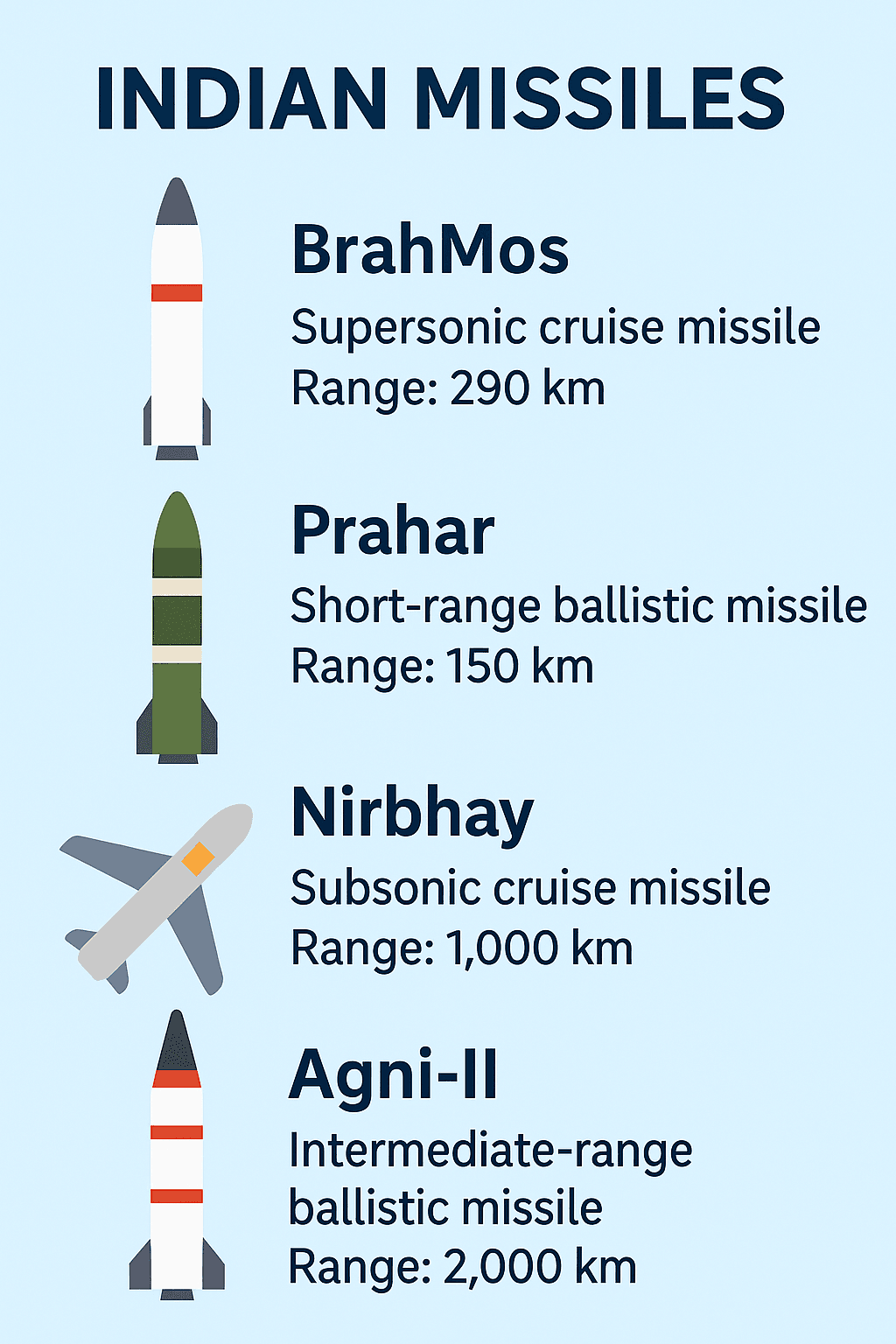The Reserve Bank of India (RBI) is currently holding its second Monetary Policy Committee (MPC) meeting for the fiscal year 2025-26, scheduled from June 5 to June 7, 2025. Under the leadership of Governor Sanjay Malhotra, the committee is deliberating on key economic indicators, including the repo rate, inflation trends, and GDP growth projections, to determine the appropriate monetary policy stance.
Key Expectations from the June 2025 MPC Meeting
Anticipated Rate Cut:
Economists widely anticipate that the RBI will announce a third consecutive interest rate cut in this meeting. A Reuters poll indicates that 53 out of 61 economists expect a 25 basis point reduction in the repo rate, potentially bringing it down to 5.75%. This expectation is fueled by the recent decline in retail inflation, which reached a six-year low of 3.16% in April, well below the RBI’s target of 4%.
Update after meeting:
Inflation Outlook:🚨 RBI delivers a surprise 50 bps repo rate cut to 5.5%, aiming to boost growth amid easing inflation. EMIs set to drop, offering relief to borrowers. Policy stance shifts from ‘accommodative’ to ‘neutral’.
The RBI has maintained its inflation projection for FY25 at 4.5%, indicating confidence in the current monetary policy framework. However, food inflation remains a concern, with vegetable prices contributing significantly to the overall inflation rate.
GDP Growth Projections:
The RBI has raised its real GDP growth forecast for FY25 to 7.2% from the earlier estimate of 7%. This upward revision reflects the resilience of the Indian economy, supported by robust manufacturing activity and buoyant services sector performance.
Market Implications:
The anticipated rate cut is expected to have a positive impact on rate-sensitive sectors such as banking, automobiles, and real estate. Lower borrowing costs could stimulate demand and investment in these sectors.
However, the Indian rupee has been under pressure, with expectations of further depreciation ahead of the RBI’s policy decision. A more aggressive rate cut could exacerbate this trend, potentially leading to capital outflows and increased import costs.














